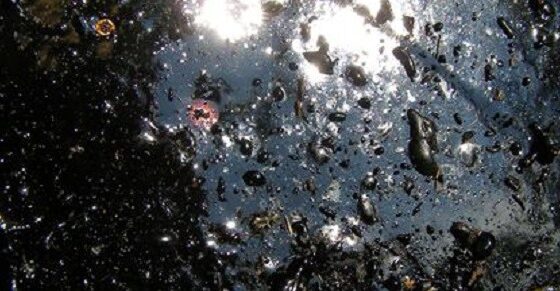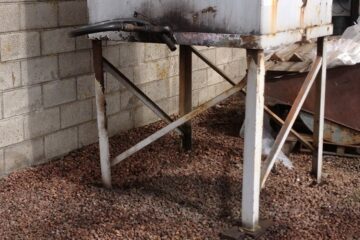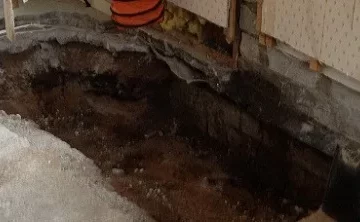An interesting research article on the presence of PAHs in lake sediments in the vicinity of Oil Sand production facilities in Canada nicely summarised by the BBC here highlights the necessity to be aware of the environmental risks of your actions. The team involved have looked at the lake sediments to gather a historical record of the PAH concentrations within the nearby freshwater environment. They have found that concentrations of PAHs have been rising within the sediments as a result of increasing Oil Sands production. The concentrations within recent sediment deposits are 2.5-23 times higher than those present in sediments deposited in the 1960s. Until now although a pollution linkage was suspected there was no adequate background information to allow an assessment to be made of the presence of PAHs as a result of Oil Sands mining and processing.
Why is this interesting? Because PAHs and other contaminants do occur naturally in the environment, we’re all familiar with the concept of an oil spill but there are natural oil seeps on the sea bed which also release oil into the environment. The oil sand deposits which are being mined are naturally occurring deposits of sand or loose sandstone with high quantities of bitumen. Without the historical data from the sediments you can only say the PAHs are present not draw any conclusions as to how they got there.
Without background monitoring how do you know if your site or industry is the source of a pollutant or not? You could find yourself paying to resolve a historical or natural problem which may not actually be your responsibility. If there had been a comprehensive program of monitoring in place earlier around the Oil Sand facility in Canada where this study was carried out then the increasing concentrations could have been detected and it’s possible that action could have been taken to reduce the environmental impacts. The report indicates that the Canadian interim sediment quality guidelines have been exceeded since the mid 1980’s at the most impacted sites.
So to apply this lesson to a different scenario if you’re buying a site or worried about a possible contamination risk on your property, for example if you buy a house with an oil heating tank at the bottom of the garden, then it could save you money and a few sleepless nights to get someone to have a look at it, take a few photos and maybe even collect a few samples and have some analysis done. Then if there is problem such as your neighbour’s oil tank leaking onto your property you have the evidence to prove that your tank is ok and your insurance premiums don’t take a hit. There are many occasions where a program of monitoring or a quick response can mitigate a problem and save you money in the long term.
2021
Soil remediation guide
Approaching soil remediation without any prior knowledge can be difficult and uncomfortable at times, especially when it can potentially be very costly. This free eBook will help you understand the whats, the whys and the hows of soil remediation in the simplest terms.







Leave a Reply